I am rewiring a dynamic microphone that does not require any phantom power (also wicked simple no off / on), and I noticed, when I only wire the two wires to two of the three pins it still works and seems to sound great.
When I have taken apart other microphones and looked at how they are wired, they all seem to have this same configuration of having one wire go to what I think may be the ground pin and then the third XLR pin.
There is probably some logical reason but I don't know why.
Is it not safe / proper to wire only the two even if it works? What is the ground for and what is the purpose it is wired like this?
I had a friend mention something like if you use phantom power on a dynamic microphone it can mess it up, but I leave my phantom power on all the time and it doesn't do that. Is that why it is wired like this? (I attached the pictures to show.)
I have very little knowledge about electronics / I mostly have just hacked my way through in the past / mess with it until it works, and I don't really know what the ground is for / what the lead means and all the proper terminology. I want to make sure I am doing it properly to the standards of the industry.


